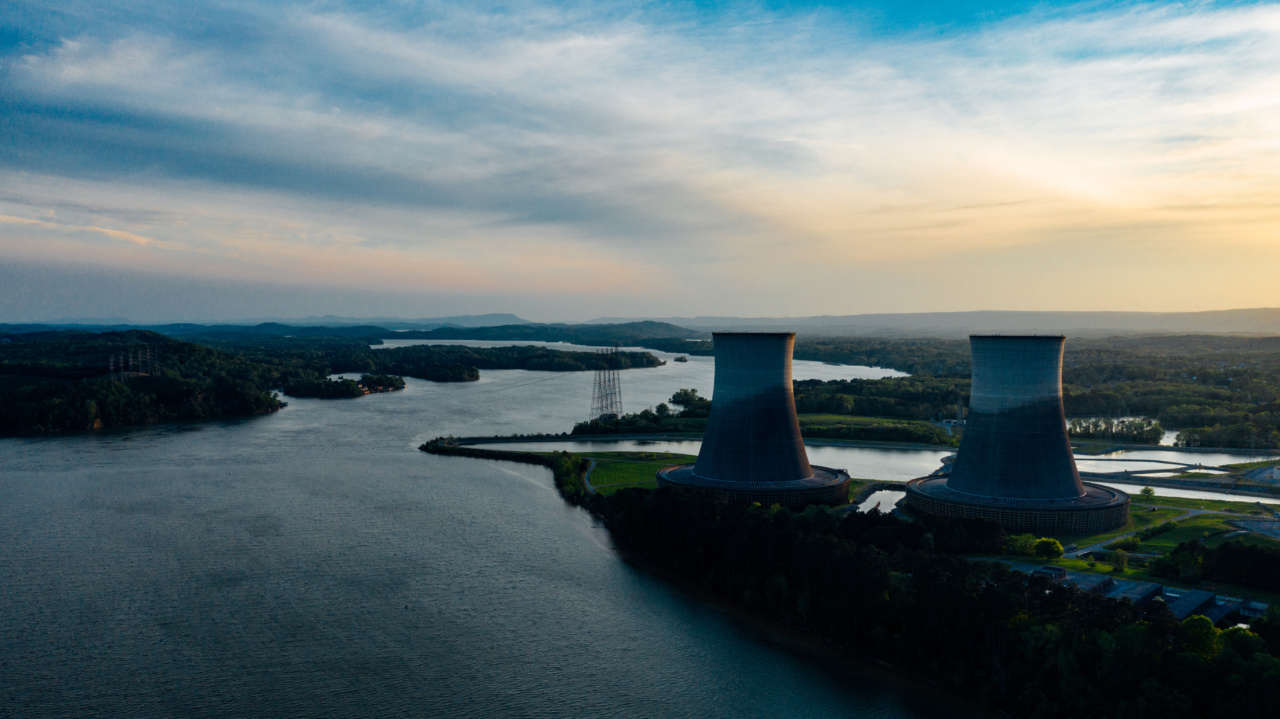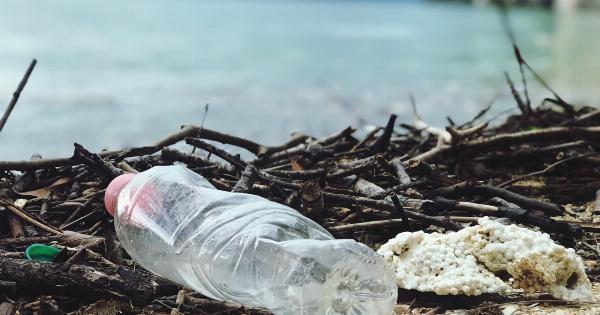When we hear the word ‘pollution’, we often think of air, water, and soil pollution. However, there is another type of pollution that is often overlooked: light pollution.
Light pollution is the excessive or misdirected artificial light that affects the natural environment and can have harmful effects on both humans and wildlife. In this article, we will delve deeper into the issue of light pollution and explore its impact on our world.
The Basics of Light Pollution
Light pollution occurs when there is too much light in the environment or the light is not properly directed. This can happen due to a variety of reasons such as: streetlights, headlights on vehicles, lights from buildings, and illuminated advertising.
It can also happen naturally, such as when the moon is full or there is lightning in the sky.
The Negative Effects of Light Pollution on Humans
Light pollution can have a negative impact on humans in several ways. Many studies have shown that exposure to light pollution can lead to disrupted sleep patterns.
Exposure to bright or blue light can suppress melatonin production, a hormone that regulates sleep, making it difficult to fall asleep and stay asleep. Extended exposure to light pollution can also cause headaches, eyestrain, and fatigue. In addition, there is some evidence that light pollution is associated with an increased risk of certain types of cancer such as breast and prostate cancer.
The Negative Effects of Light Pollution on Wildlife
Light pollution can have a significant impact on wildlife behavior and health. Many animals rely on the natural light cycle for activities such as migration, feeding, and reproduction.
However, exposure to artificial light can cause confusion and disorientation in wildlife, leading to altered behavior. For example, hatchling sea turtles can become disoriented by lights on a beach, causing them to migrate in the wrong direction and ultimately leading to their death.
Birds can also be affected by light pollution, as it can disrupt their natural migration patterns and interfere with their ability to navigate using stars. There is also some evidence that light pollution can impact insect populations, which can have ripple effects throughout entire ecosystems.
What Can We Do About Light Pollution?
Fortunately, there are several steps that we can take to reduce light pollution.
Some simple solutions include turning off indoor lights when not in use, using outdoor lights that are properly shielded, and installing window coverings that block out light. Communities can also take steps to reduce light pollution by implementing dark sky ordinances that regulate outdoor lighting to reduce glare and light trespass.
In addition, lighting technology has evolved rapidly in recent years, allowing us to use more energy-efficient lighting sources that emit less light pollution.
Conclusion
Light pollution is a complex issue that can have negative effects on both humans and wildlife. By understanding its impact and taking steps to reduce it, we can help protect our environment and our health.































